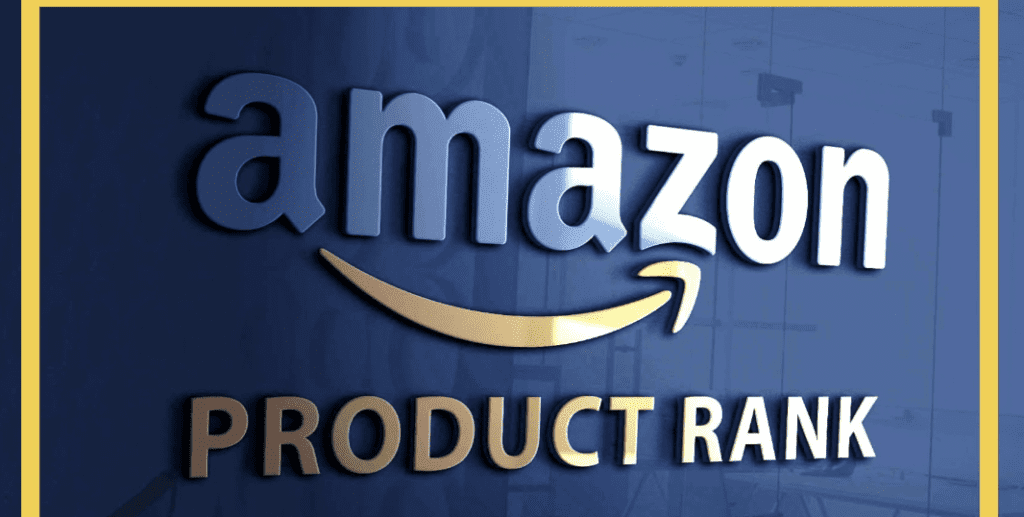As an Amazon FBA seller, there’s one concept that dominates your success: product ranking. It’s the force that drives visibility, sales, and ultimately, your business’s profitability on the platform. Despite its critical role, understanding & manipulating product ranking can feel like trying to solve a cryptic puzzle. But fret not; we’re here to help unwrap the enigma that is Amazon FBA product ranking.
Every single product listed on Amazon is subject to the platform’s stern yet mercurial algorithm, the A9. This algorithm, designed with precision & sophistication, governs which products land at the top of the search results – the holy grail of ecommerce visibility. As an Amazon seller, your mission is to master the elements that feed this algorithm, nudging your products up the rankings.
Having a high-quality product isn’t always enough on its own. Successful Amazon sellers know that the real game is played behind the scenes, in the intricate twists and turns of SEO & keyword optimization. Choosing the right set of keywords & effectively using them is the key to unlocking higher product rankings.
Another essential aspect of product ranking is customer reviews. To put it simply: the more positive reviews, the better. The A9 algorithm heavily favors products with high numbers & percentages of positive reviews. But remember, it’s not just about the quantity; Amazon’s algorithm pays close attention to the quality of reviews as well. Sellers should thus encourage satisfied customers to leave detailed, helpful reviews.
Pricing strategy plays an essential role in product ranking as well. The key is to strike a balance between being competitive, which can boost visibility, and maintaining profitability. While it might be tempting to undercut competitors, doing so consistently can erode your profit margins & potentially harm the perceived value of your product.
Sales velocity is another critical determinant of product rank. Simply put, the more product units you sell, the higher your product will rank. However, bear in mind that it’s not just about the total number of units sold. Amazon also considers the speed at which sales occur. So, a regular & consistent frequency of sales can potentially help improve your ranking over time.
Optimizing your product listing images isn’t just about aesthetics; it’s a strategic tactic in the battle of product rankings. Images are an instrumental part of your listing that can directly impact your click-through rates, conversion rates, and customer satisfaction levels. High-quality, well-composed photos can work magic when it comes to persuading potential customers to click on your product over a competitor’s.

Amazon’s A9 algorithm also looks at the click-through rate (CTR) and conversion rate when determining product rankings. These performance indicators provide insight into the effectiveness of your title, product description, images & overall listing optimization. Consequently, finding ways to improve these rates can significantly boost your product ranking on Amazon.
Stock consistency is a less-known factor impacting product rankings. Maintaining a consistent product stock indicates reliability, which Amazon appreciates. Backorder situations can negatively affect your seller reputation and, consequently, product ranking. Hence, competent inventory management is essential for good product rank within the Amazon FBA framework.
If you’re serious about improving your product’s ranking, consider enrolling in Amazon’s FBA program. This service allows sellers to leverage Amazon’s world-class logistics and customer service, which can significantly boost your product’s popularity and ranking. The extra credibility & Prime eligibility can make your product more appealing to customers, leading to increased sales.
The power of effective advertising can never be overstated. Utilizing Amazon’s advertising tools, such as Sponsored Products & Headline Search Ads, can help promote your products to a broader audience. Not only does this lead to potential sales boosts, but it also increases product visibility, both of which can positively affect your product rank.
Another way to ensure higher product rankings is by maintaining a strong seller performance metric. Amazon values sellers who offer excellent customer service, honoring its customer-centric approach. Consequently, your seller feedback rating, order defect rate & pre-fulfillment cancel rate are crucial metrics that influence your product rankings.
Product category is another relevant factor that Amazon considers when determining product ranking. Having your product in the correct category ensures it’s found by the right target audience. However, it’s worth noting that competition varies greatly between categories, so sellers should strive to distinguish their products in whatever category they choose.

To wrap things up, product ranking on Amazon entails a complex blend of diverse factors. To make your mark in this competitive marketplace, approach product ranking with as much gusto as you approach attractive product sourcing & exceptional customer service. Understanding the delicate balance of these myriad factors is what separates successful Amazon FBA sellers from the rest.
Remember, there’s no shortcut to success in Amazon FBA. Just like Rome wasn’t built in a day, your product won’t skyrocket to the top of the rankings overnight. So, practice patience, stay consistent, and continually tweak your strategies to navigate the exciting & rewarding world of Amazon FBA selling.


